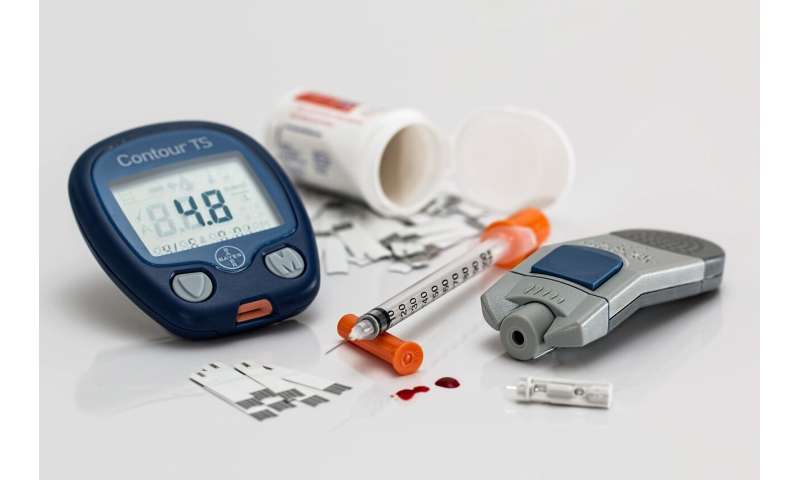Diabetes advances poised to help manage blood sugar after meals


Mealtimes can become a difficult experience for individuals with diabetes. After a meal, blood sugar levels may soar as the food digests or unexpectedly plummet if an insulin dose was more than the meal required.
The Endocrine Society convened a panel of diabetes experts to examine how advances in medications, lifestyle changes and technologies can help manage the challenges associated with post-meal blood sugar levels. While advances in the field are providing more data on post-meal blood glucose levels, more research is needed to help adults with diabetes set concrete goals, according to their recommendations published in the Journal of the Endocrine Society.
“Advances such as faster-acting insulins, new drug classes, more flexible insulin delivery systems and improved continuous glucose monitoring (CGM) devices are paving the way to improve post-meal blood glucose level management, but concrete goals and strategies for how best to apply these exciting therapies need to be better defined,” said John L. Leahy, MD, of the University of Vermont College of Medicine in Burlington, Vt., who led the panel. The panel considered the needs of adults who require insulin to manage the condition.
High blood glucose levels after a meal can cause individuals with diabetes to feel sluggish, lead to negative changes in mood and disrupt sleep. Simply seeing a high reading after a meal can fuel an individual’s feelings of fear, anxiety, shame or hopelessness about their ability to manage their blood sugar. Increasing evidence also suggests that difficulty in maintaining control of post-meal blood glucose levels can lead to poorer health outcomes.
Healthcare providers and individuals with diabetes can take steps to manage these challenges. Advances in the field, including ultra rapid-acting insulins and CGM systems, are offering new avenues to manage post-meal blood glucose levels.
Research suggests making small lifestyle changes can also improve post-meal blood sugar levels. Several small studies found eating protein and/or vegetables 10 to 15 minutes before carbohydrates can lower blood glucose levels. Spending at least 10 minutes walking following a meal also can help with post-meal blood sugar management.
An important recommendation of the panel is additional research is needed to help pinpoint a target blood glucose number or range after meals as well as the amount of time to try to remain in range that would improve clinical outcomes. Growing use of CGMs offers one opportunity to collect and act on real-time data and answer questions about how factors such as meal size, nutrients and timing can affect blood sugar levels after meals.
In addition, developing additional behavioral strategies and use of new medications could help individuals with diabetes gain more control of their post-meal blood glucose levels.
“We need to continue developing and critically testing intervention strategies that are safe, effective and practical for managing blood sugar levels after meals,” Leahy said.
Source: Read Full Article